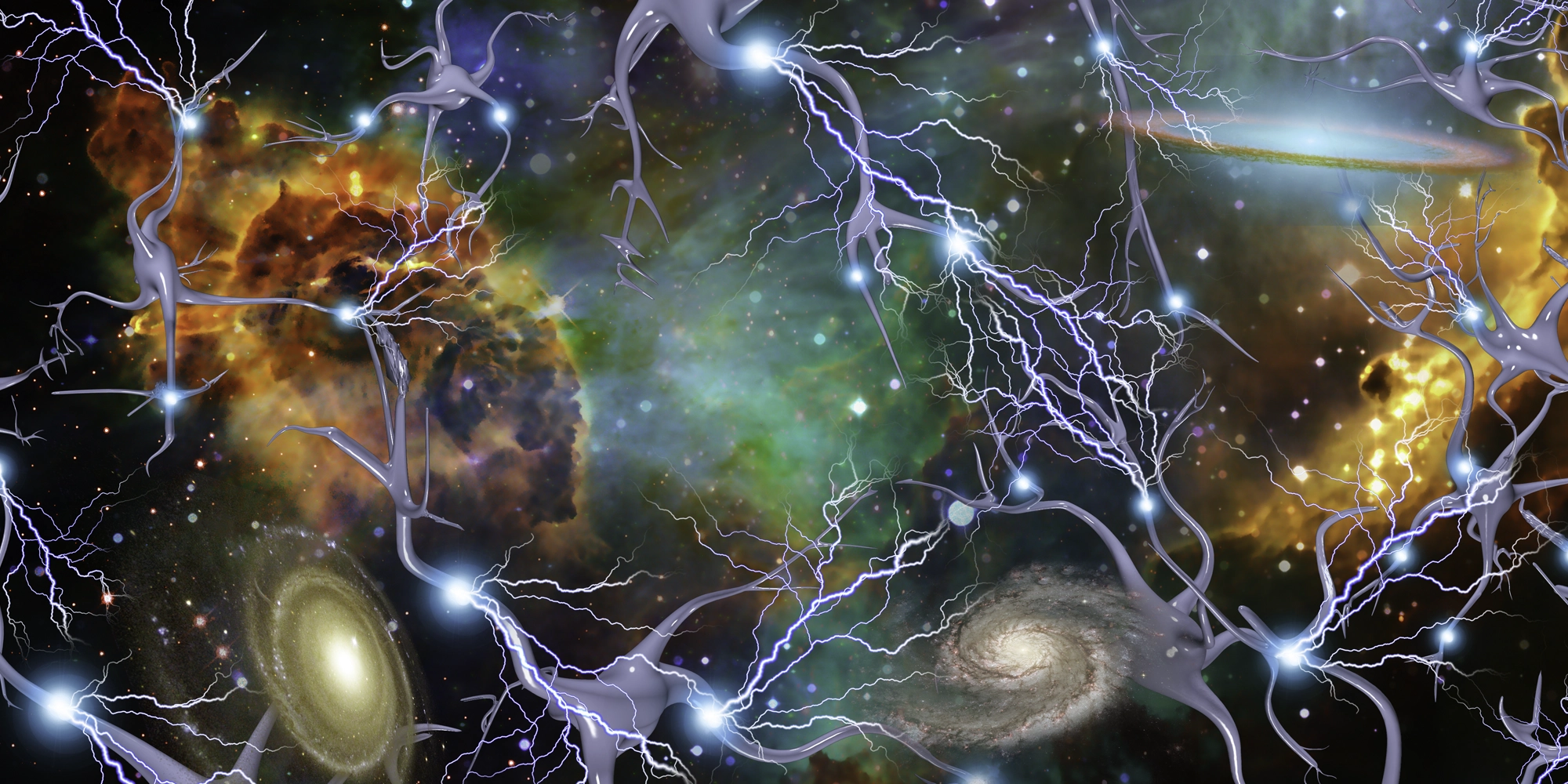Neurological diseases affect the brain, spinal cord, and peripheral nervous system. They range from diseases that affect large populations, such as Alzheimer’s, epilepsy, stroke, Parkinson’s, and multiple sclerosis, to rare and genetically inherited diseases like Huntington’s, lysosomal storage diseases, and Amyotrophic Lateral Sclerosis. With more than 2 billion people affected worldwide (and rising), neurological diseases are a significant focus of research for government health organizations, academia, and a growing number of biopharmaceutical companies dedicated to finding treatments for these diseases.
Despite the great need to treat neurological diseases, this therapeutic area has one of the lowest success rates among all therapeutic areas, with only 10% of all neurological treatments entering clinical development and even less achieving approval. One reason for the low success rates can be attributed to the anatomical location within the Central Nervous System (CNS), which includes the brain and spinal cord. The CNS is a physiologically separated compartment from the peripheral system due to barriers that tightly restrict and regulate the entry of endogenous substances as well as intended beneficial neurotherapeutics. The barriers in the CNS represent a significant hurdle in the drug discovery and development process.
What is the Blood-Brain Barrier?
The blood-brain barrier (BBB) is named for the constellation of properties of the cells forming the capillaries that supply blood to the brain. These properties include the presence of tight junctions, absence of fenestrations, and expression of transport systems that tightly regulate the passage of endogenous and exogenous molecules to the brain, including small molecules and biologic neurotherapeutics. The regulation of substances to enter the brain is necessary to maintain an environment that supports neurotransmission for normal physiological CNS functions.
The ability of neurotherapeutics to cross the BBB is a critical property in neurotherapy drug discovery programs and is screened for using various techniques. The unique properties of the brain’s endothelial cells hinder the development of in vitro BBB systems to accurately predict the BBB systems in living organisms (in vivo). While surrogate in vitro models are progressing, determining CNS penetration is generally done with in vivo preclinical studies that measure the therapeutic effects in harvested brain tissue or interstitial fluid.
For ethical reasons, this approach is not applicable to clinical studies for translational purposes. More common are noninvasive imaging techniques such as Positron Emission Tomography (PET) or Magnetic Resonance Imaging (MRI), which are feasible in the clinic, but are not specific for the neurotherapeutic. In contrast to these approaches, the most practical preclinical and clinical method to measure a neurotherapeutic in the CNS is to monitor the cerebrospinal fluid (CSF).
What is Cerebrospinal Fluid?
Cerebrospinal Fluid (CSF) flows into the spinal cord, around the surface of the brain, and exits into the body’s general circulation. CSF is separated from the brain tissue by a single layer of ependymal cells and a system through which brain interstitial fluid (ISF) flows from brain tissue into ventricles containing CSF. The flow from brain ISF to CSF removes metabolic waste derived from normal cellular brain function that may otherwise be restricted from leaving the brain by the BBB, thus keeping the brain from harmful buildup of metabolic waste. This process also applies to the movement of neurotherapeutics between the brain and CSF that have crossed the BBB and can be measured in the CSF. Neurotherapeutics may also cross the blood-spinal cord barrier, analogous to the BBB, and directly enter the CSF.
How Does Cerebrospinal PK/PD Work?
When developing CNS therapies, CSF is an accessible fluid to collect samples for pharmacokinetic (PK) analysis in preclinical and clinical studies for translational purposes. In the clinic, CSF sampling can be performed in both healthy volunteers and in patients. The method of CSF collection can be performed by either individual lumbar punctures or inserting a catheter into the CSF space for serial sampling, typically limited to 36 to 48 hours post-dose. The decision for which method to use is determined based on clinical objective and risk to benefit.
The PK of a CNS neurotherapeutic are described by key parameters including maximal concentration in plasma or blood and in the CSF, time of maximal concentrations, area under the curve (AUC), and half-life in each tissue. A key objective is to develop a PK relationship between blood and CSF concentrations to guide future studies and to predict the CSF neurotherapeutic exposure from plasma alone.
In many cases, soluble pharmacodynamic (PD) biomarkers or other response readouts will be accessible in the CSF and not in plasma or blood. The CSF, therefore, can provide information on the exposure-response or PK/PD of a neurotherapeutic to ensure target engagement and predict downstream effects that would otherwise be inaccessible.
Cerebrospinal PK/PD Case Study
Allucent is experienced in developing neurotherapeutics from the preclinical phase to clinical studies. We work in close collaboration with sponsors, Investigational Review Boards (IRB), and regulatory agencies to develop the protocols needed to successfully conduct clinical cerebrospinal PK/PD studies.
In a recent study, we supported the conduct of a clinical trial in healthy volunteers for a small molecule drug with a novel mechanism of action for a neurological disorder. The protocol, which included CSF sampling, was approved as safe to proceed by both the IRB and FDA. The data from the study demonstrated the neurotherapeutic reached the CNS, was predictable from the preclinical studies, and engaged the target. Based on the supporting CSF PK/PD analyses, the sponsor was able to make the decision to continue development into multiple-ascending dose (MAD) and proof-of-concept clinical studies.
Conclusions
The importance of CSF sampling to establish that a neurotherapeutic reaches the CNS at safe and tolerable doses, with the intended pharmacological response, imparts greater confidence in decision-making for this complex and difficult therapeutic area. By removing the uncertainty of brain bioavailability, more informed and effective decisions can be made by sponsors on resources and the likelihood of successful returns on those resources. Furthermore, this certainty is important for the investigators and patients that seek innovative treatments for unmet medical needs for neurological disorders.
